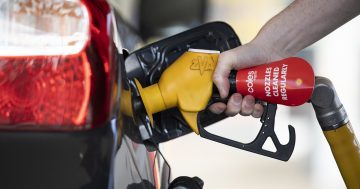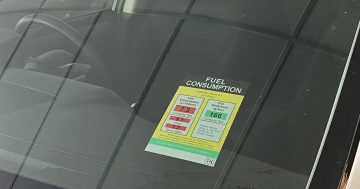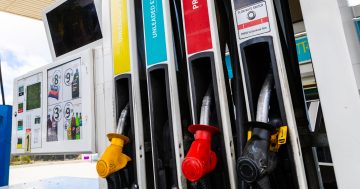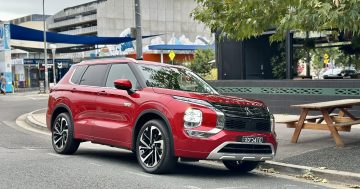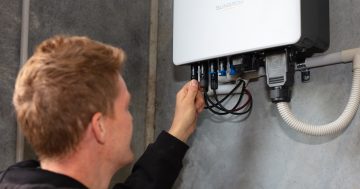Kevin Simpson* says updating your car every few years has become common practice, but there are significant financial benefits from holding on to your old car a little longer.

Photo: Dan Gold
Buying a new car every couple of years has become a common practice, as has, along with this habit, having monthly car payments.
What if more people decided instead to invest that money and keep their old cars for a little longer?
The high cost of car payments
Many workers are living paycheque to paycheque — the kind of lifestyle that can result in overdrafts on bank accounts, and the risk that your paycheque will not cover your predictable expenses.
Many people live paycheque to paycheque not because they don’t earn very much, but because they have incredibly high monthly expenses and expensive car payments can contribute to this.
In 2017, Americans owed more than US$1.1 trillion in car loans, according to Automotive News.
The average new car loan also lasts 69 months or roughly 5.5 years, and most cars are purchased with borrowed money.
It should come as no surprise that many people struggle to meet their car payments.
If you buy a new car for roughly $30,000, you will end up paying significantly more for that car by the time you finish making car payments.
And when you finally own it, it will be worth less than $12,000 (this is a rough estimate that does not take into account any accidents or damage to the vehicle).
By the time you have paid off your car, you have to start the same process again.
Investing the equivalent of a car payment
This depreciating asset cycle means that you do not have any cash value to show for your monthly payments.
However, if you took that same money instead and invested roughly $500 per month into a retirement or superannuation account, you could grow your money faster and enjoy the peace of mind of having a good savings nest.
Over a period of 30 years, this investment would result in retirement savings of over $1 million.
It does take some discipline and a little personal sacrifice, but you can enjoy peace of mind and get out of the monthly cycle.
Saving the equivalent of a car payment
Looking at our previous example, if you have bought your car and own it outright with a $12,000 value and are ready to sell and purchase your next one, consider holding on to it longer.
Save the extra $500 per month payment and put it into a savings or investment account.
Just holding on to the same vehicle for two more years can help you save $12,000.
Then you can use that cash upfront and get the trade-in value for your vehicle.
Or, if you can keep driving your car, put that extra cash into savings.
Over a period of five years, you would have enough cash to buy a new vehicle outright as well as the trade-in value of your existing vehicle without any loans, interest payments, late fees or the monthly headache.
Whether you choose to hold on to your existing vehicle a year longer or more is up to you.
But you can benefit from the savings and the peace of mind of having enough money for any emergencies or other expenses.
It requires some patience and persistence, but you have the satisfaction of completing a financial plan for your security.
* Kevin Simpson is the Founder and CIO of Capital Wealth Planning.
This article first appeared at www.investopedia.com.



